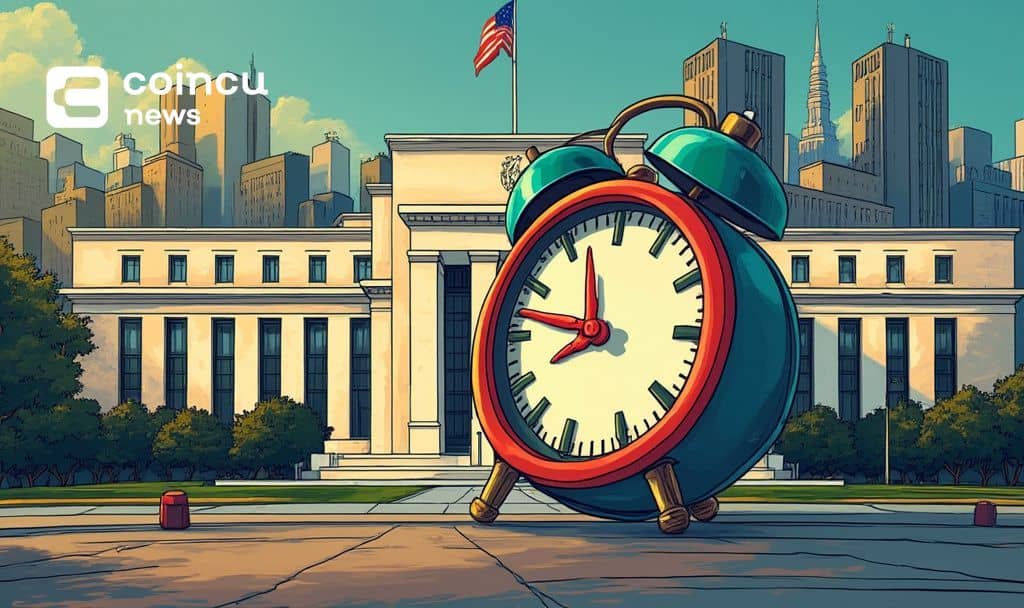- The Dow Jones backslid on Friday, falling back below 45,500.
- NFP job gains came in well below expectations, adding further bets to Fed rate cuts.
- A steepening decline in job creation has gone too far, overshooting market hopes for rate cuts and reigniting recessionary concerns.
The Dow Jones Industrial Average (DJIA) sank on Friday, falling nearly 500 points at its lowest after United States (US) Nonfarm Payrolls (NFP) data showed the US added far fewer jobs than expected, pinning expectations of a Federal Reserve (Fed) interest rate cut on September 17.
The latest NFP jobs report showed the US added just 22K net new jobs in August, coming in even lower than the median market forecast of 75K. The previous month’s figure was revised upward slightly to 79K, but August’s sharp drop has pushed bets of a Fed rate cut into the ceiling. Market talk of a jumbo double-cut is back on the table, with rate markets pricing in 10% odds of a 50 basis point interest rate trim on the Fed’s next rate call this month.
Equities fumble expectations for low but not too-low NFP figures
Despite equity traders getting their wish for an underperforming NFP print, the latest round of jobs data has turned into a monkey’s paw scenario. While low hiring figures will help push the Fed into an interest rate cut in a couple of weeks, too low of an NFP figure has reignited recession fears across the broader market. Despite hitting a new all-time high on intraday bids, the Dow Jones has recoiled sharply from record territory, paring away Thursday’s hopeful gains and sending the major equity index back into the red for the week.
Next week poses a fresh set of challenges for data watchers. The latest round of Consumer Price Index (CPI) inflation and University of Michigan (UoM) Consumer Sentiment and Inflation Expectations are due next Thursday and Friday, respectively. Headline CPI inflation is again expected to tick higher for the year ended in August, while market forecasts expect the UoM Consumer Sentiment Index to recover ground.
Dow Jones daily chart
Dow Jones FAQs
The Dow Jones Industrial Average, one of the oldest stock market indices in the world, is compiled of the 30 most traded stocks in the US. The index is price-weighted rather than weighted by capitalization. It is calculated by summing the prices of the constituent stocks and dividing them by a factor, currently 0.152. The index was founded by Charles Dow, who also founded the Wall Street Journal. In later years it has been criticized for not being broadly representative enough because it only tracks 30 conglomerates, unlike broader indices such as the S&P 500.
Many different factors drive the Dow Jones Industrial Average (DJIA). The aggregate performance of the component companies revealed in quarterly company earnings reports is the main one. US and global macroeconomic data also contributes as it impacts on investor sentiment. The level of interest rates, set by the Federal Reserve (Fed), also influences the DJIA as it affects the cost of credit, on which many corporations are heavily reliant. Therefore, inflation can be a major driver as well as other metrics which impact the Fed decisions.
Dow Theory is a method for identifying the primary trend of the stock market developed by Charles Dow. A key step is to compare the direction of the Dow Jones Industrial Average (DJIA) and the Dow Jones Transportation Average (DJTA) and only follow trends where both are moving in the same direction. Volume is a confirmatory criteria. The theory uses elements of peak and trough analysis. Dow’s theory posits three trend phases: accumulation, when smart money starts buying or selling; public participation, when the wider public joins in; and distribution, when the smart money exits.
There are a number of ways to trade the DJIA. One is to use ETFs which allow investors to trade the DJIA as a single security, rather than having to buy shares in all 30 constituent companies. A leading example is the SPDR Dow Jones Industrial Average ETF (DIA). DJIA futures contracts enable traders to speculate on the future value of the index and Options provide the right, but not the obligation, to buy or sell the index at a predetermined price in the future. Mutual funds enable investors to buy a share of a diversified portfolio of DJIA stocks thus providing exposure to the overall index.
Source: https://www.fxstreet.com/news/dow-jones-industrial-average-tumbles-250-points-as-nfp-figures-dip-faster-than-expected-202509051737


